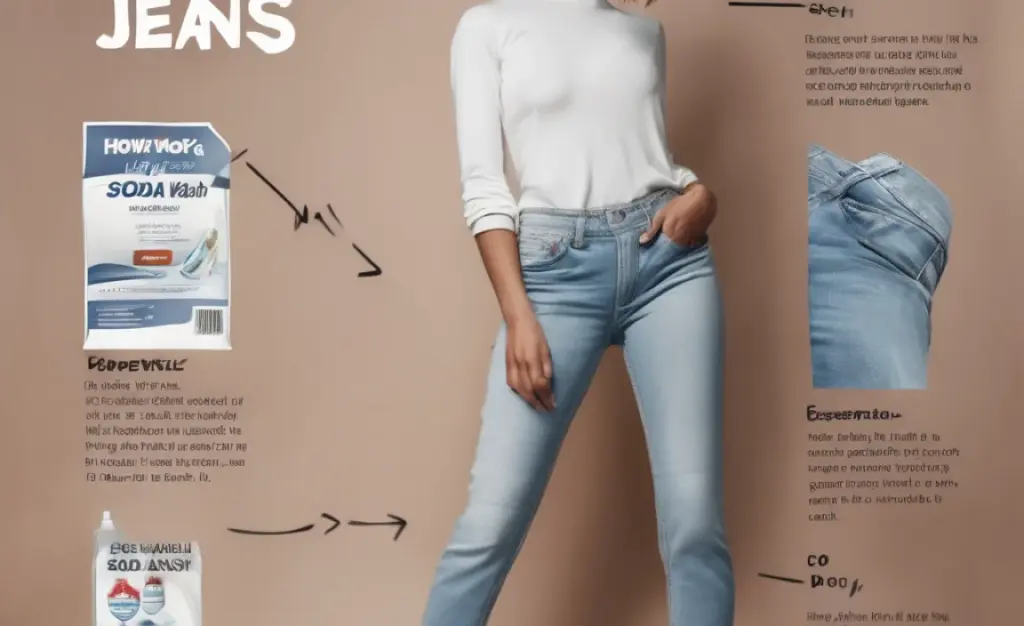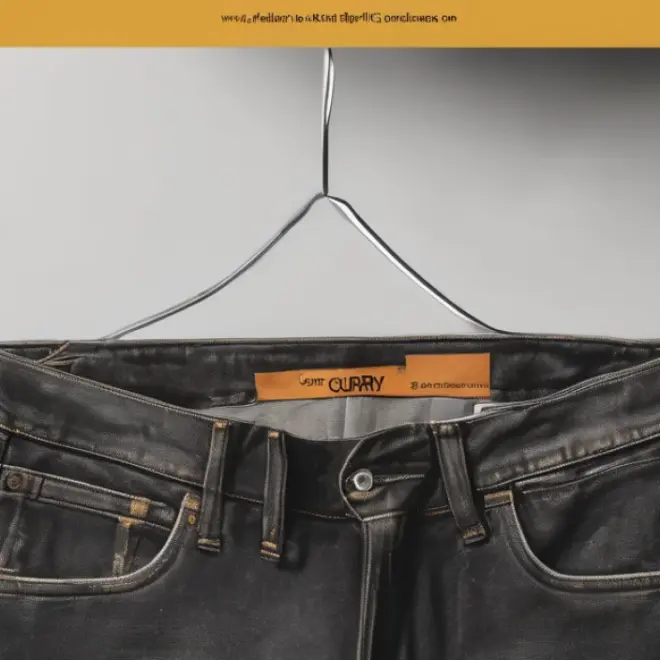Got a soda stain on your favorite light wash jeans? Don’t panic! Gently acting fast with simple household items can effectively lift most soda stains, preserving your denim’s light color without harsh chemicals. This guide provides clear, step-by-step instructions to save your jeans.
How to Remove Soda From Light Wash Jeans: A Step-by-Step Guide
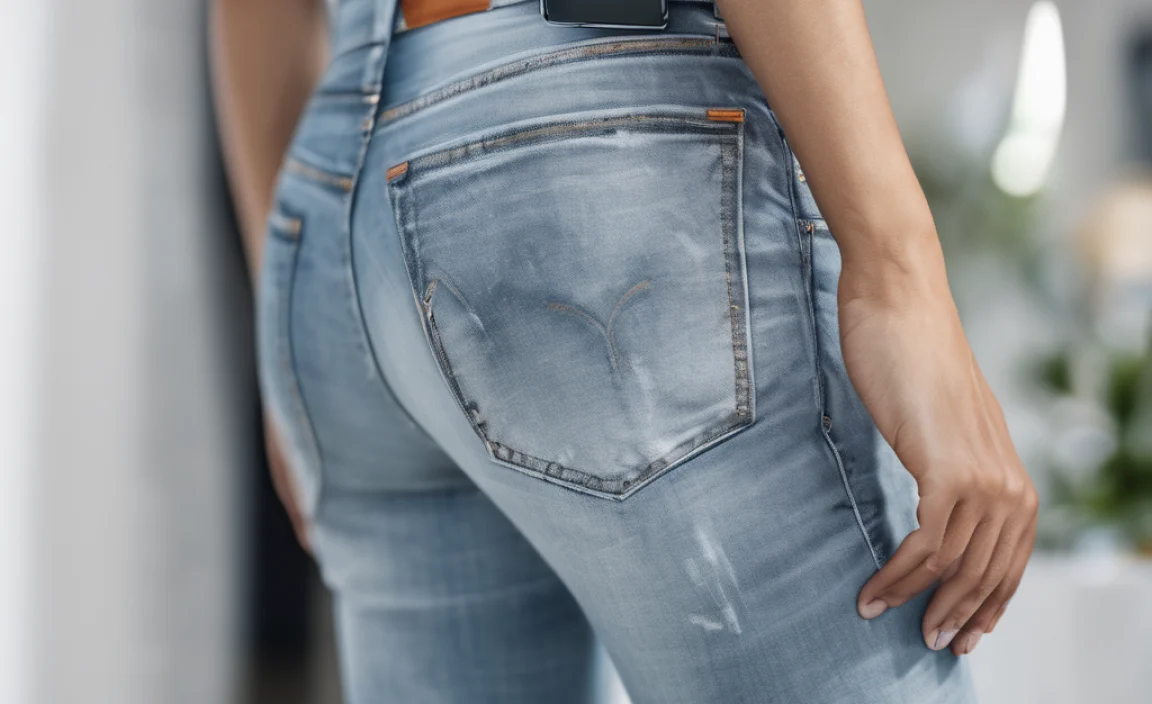
Light wash jeans are a wardrobe staple, offering a casual yet stylish vibe that pairs well with almost anything. But when a sugary splash of soda lands on them, it can feel like a major fashion emergency. The light color makes stains glaringly obvious, and the sugar content can sometimes set into the fabric, making removal tricky. But fear not! With the right approach and a few common household items, you can tackle these sticky situations effectively and keep your beloved jeans looking fresh. This guide will walk you through every step, ensuring you can confidently handle soda spills.
We’ll cover everything from immediate action to more persistent stain-fighting techniques, all designed for the delicate nature of light wash denim. Think of this as your go-to manual for denim disaster recovery. Let’s get your jeans back to their best!
The Importance of Acting Fast
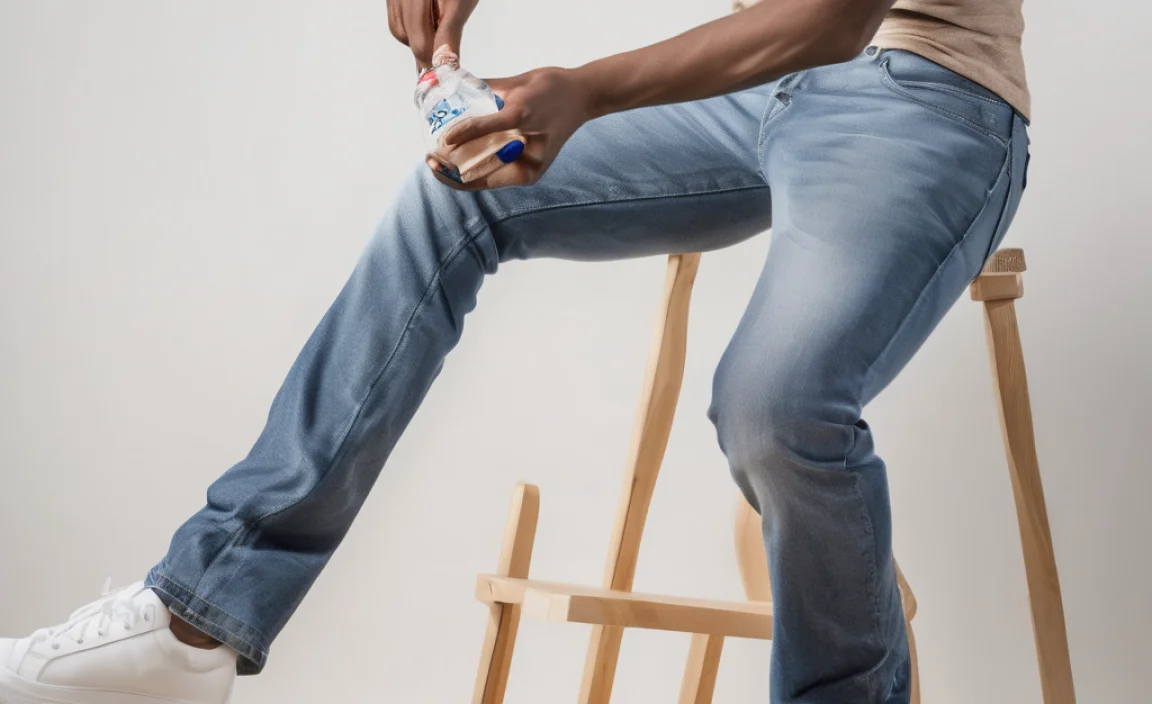
When it comes to soda stains on light wash jeans, time is truly of the essence. The longer a stain sits, the more it has a chance to bond with the fabric fibers. Sugar, in particular, can become sticky and even caramelize slightly with heat, making it harder to lift. For light-colored denim, this also means the color of the soda (like cola or dark fruit sodas) has more time to dye the fabric. Swift action is your first and most powerful tool against stubborn stains.
Essential Tools and Supplies
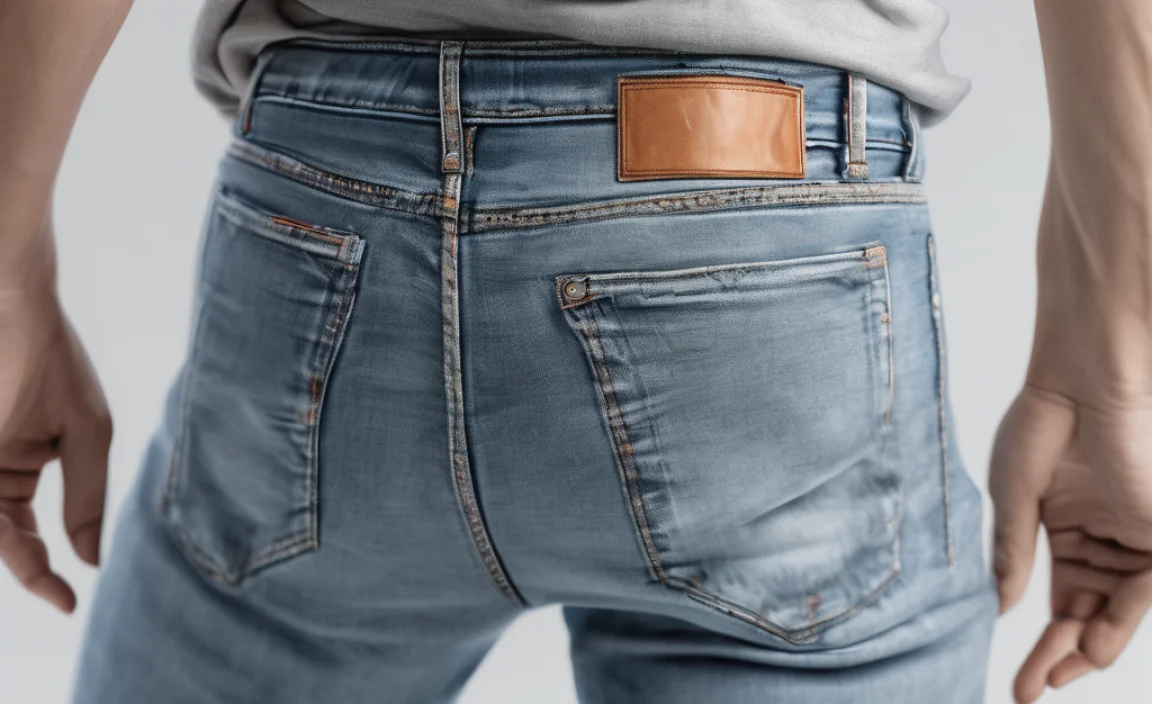
Before you begin tackling that soda stain, gather these common household items. Having them ready means you can act immediately if a spill occurs.
- Clean white cloths or paper towels
- Cold water
- Mild liquid laundry detergent (preferably clear or for delicates)
- White vinegar
- Baking soda
- Optional: Hydrogen peroxide (3%)
- Optional: Stain remover specifically for delicate fabrics
Step-by-Step Stain Removal Process
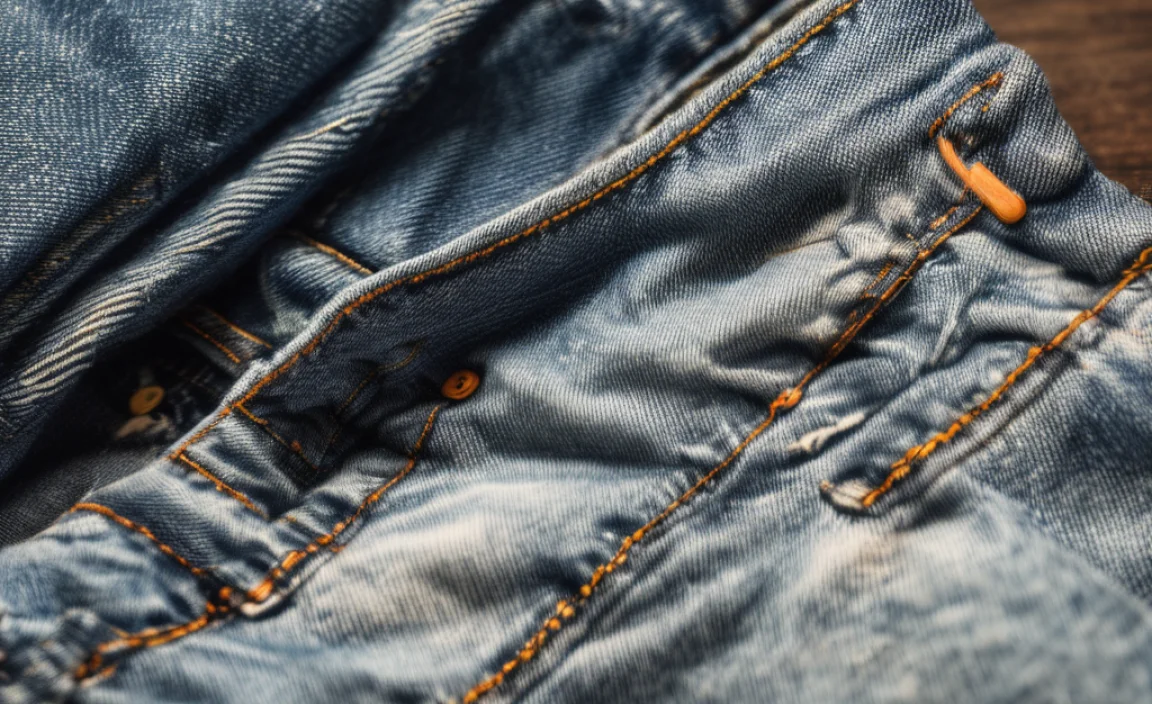
This method focuses on gentle yet effective techniques suitable for light wash jeans. Always test any cleaning solution on an inconspicuous area of the jeans first, such as an inside seam, to ensure it doesn’t cause discoloration.
Step 1: Blot, Don’t Rub!
Immediately after the spill happens, grab a clean white cloth or paper towel. Gently blot the stained area to absorb as much of the excess liquid as possible. It’s crucial not to rub, as this can spread the stain and push it deeper into the fabric fibers. Continue blotting until no more liquid can be transferred to the cloth.
Step 2: Rinse with Cold Water
Turn the jeans inside out and run cold water through the back of the stained area. Cold water is preferred over hot water, as hot water can set protein-based stains and potentially set the sugar from the soda. This step helps to flush out the remaining soda from the fibers.
Step 3: Apply Mild Detergent
Mix a small amount of mild liquid laundry detergent with cold water. Apply this soapy solution to the stain using a clean cloth. Gently work it into the fabric with your fingertips or a soft brush. Let it sit for about 5-10 minutes to allow the detergent to break down the stain.
Step 4: Rinse Again
Rinse the area thoroughly with cold water to remove the detergent and loosened stain particles.
Step 5: Assess and Repeat if Necessary
Check the stain’s progress. If it has significantly faded or is gone, proceed to washing. If the stain persists, you can try a slightly stronger approach.
Advanced Techniques for Stubborn Stains
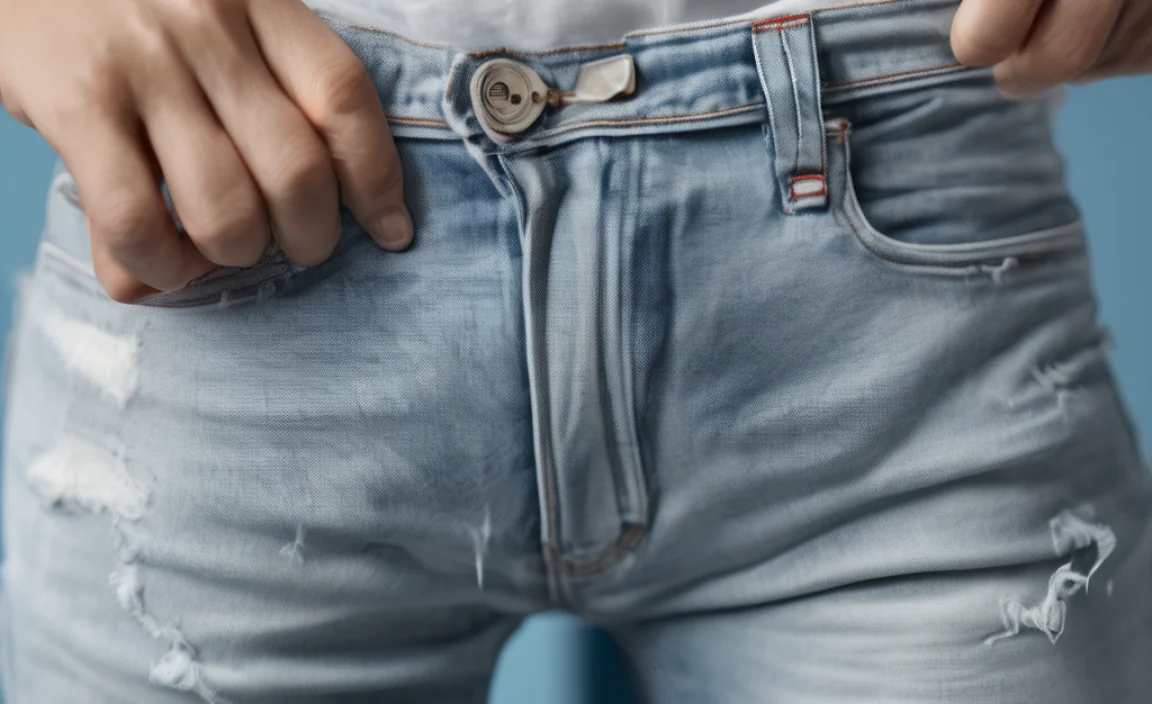
If the initial steps haven’t completely removed the stain, don’t worry. Here are a few more options to try, always remembering to test first.
Using White Vinegar
White vinegar is a natural deodorizer and mild acid that can help break down stains. Mix equal parts white vinegar and cold water. Apply this solution to the stain and let it sit for about 15-20 minutes. Then, rinse thoroughly with cold water and check the stain. For tougher stains, you can create a paste of baking soda and white vinegar by mixing them until they fizz. Apply this paste to the stain, let it sit for 30 minutes, then gently brush it off and rinse.
Baking Soda Paste
Baking soda is a gentle abrasive and an excellent absorbent. Make a thick paste by mixing baking soda with a small amount of water. Apply this paste directly to the stained area, ensuring it covers the entire stain. Let it dry completely. Once dry, gently brush off the baking soda. The dried paste should have absorbed much of the stain. Rinse the area with cold water.
Hydrogen Peroxide (Use with Caution)
Hydrogen peroxide (3%) can act as a mild bleach, which can be effective on light-colored fabrics. However, it must be used with extreme caution on colored jeans, even light wash, as it can potentially lighten the denim beyond the stained area. Mix one part hydrogen peroxide with two parts cold water. Lightly dab this solution onto the stain with a clean cloth. Do not soak the fabric. Let it sit for only a few minutes (no more than 5-10), then rinse thoroughly with cold water.
You can find more information on stain removal from fabrics via the USDA’s guidance on common stain removal.
Washing Your Light Wash Jeans
Once you’ve treated the stain and it appears to be gone, it’s time to wash the jeans. Follow these guidelines to ensure your light wash denim comes out clean and undamaged.
- Prepare for Washing: Before placing the jeans in the washing machine, do one final check of the stained area. Make sure the stain is completely gone. If you can still see it, repeat the stain removal steps. Washing and drying a lingering stain will likely set it permanently.
- Loading the Machine: Wash your light wash jeans with other light-colored items to prevent color transfer. It’s often best to wash them alone or with similarly colored garments.
- Washing Cycle: Use a gentle cycle with cold water. Opt for a mild detergent designed for colors or whites.
- Drying: Avoid using a high-heat dryer. High heat can set any remaining faint stains and can also cause denim to shrink or fade unevenly. Air-drying is the safest method. You can hang them on a line or lay them flat to dry. If you must use a dryer, use the lowest heat setting possible and remove them while slightly damp.
Understanding Soda Stain Composition
Soda isn’t just water and sugar. It often contains coloring agents, acids (like phosphoric or citric acid), and carbonation. These components can interact with denim fibers in different ways:
| Soda Component | Effect on Fabric | Why Cold/Gentle Methods Work |
|---|---|---|
| Sugar (Sucrose, HFCS) | Forms a sticky residue; can caramelize with heat, making it harder to remove. | Cold water dissolves sugar. Gentle detergents break down sticky residue without harsh agitation. |
| Coloring Agents (Caramel, Dyes) | Can dye lighter fabrics a darker shade. | Cold water and mild detergent help lift these before they bind to fibers. Mild oxidizing agents (like diluted hydrogen peroxide) can break down dyes. |
| Acids (Phosphoric, Citric) | Can weaken fabric fibers over long exposure. | Quick rinsing with water neutralizes the acid and prevents damage. |
| Carbonation (CO2) | Helps lift some initial liquid from the surface but can also push the stain deeper if aggressively treated. | Gentle blotting is key to avoid spreading the stain caused by the initial fizz. |
When to Seek Professional Help
While most soda stains can be handled at home, there are instances where professional cleaning is the best option. If your light wash jeans are made from a delicate material (like a very fine denim blend or have embellishments), or if the stain is very old, large, or has already been set by heat, a professional cleaner has specialized solvents and expertise. Attempting to treat a difficult stain on a fragile garment yourself could cause irreversible damage. Always inform the dry cleaner about the type of stain.
Preventative Measures
The best way to deal with a soda stain is to avoid it altogether. Here are a few tips to minimize spills:
- Use Lidded Cups: When drinking soda, especially around lighter clothing, opt for bottles or cups with secure lids.
- Be Mindful of Where You Sip: Avoid drinking or carrying open containers of soda when you’re in the middle of messy tasks or when wearing your most-prized light wash jeans.
- Keep Stain Removers Handy: Have a mini stain remover stick or wipes readily available in your bag or at home for immediate spot treatment.
Frequently Asked Questions (FAQ)
Can I use bleach on light wash jeans to remove a soda stain?
It’s generally not recommended to use chlorine bleach on light wash jeans unless the care label specifically permits it and you are prepared for potential color loss. Even on light washes, bleach can alter the shade unevenly or weaken the fabric. Mild oxygen-based bleaches or diluted hydrogen peroxide (used with extreme caution) are safer alternatives for spot treating.
What if the soda stain has dried?
Dried soda stains are tougher but not impossible. You’ll need to rehydrate the stain first by gently dabbing it with cold water. Then, proceed with the stain removal steps using detergent, white vinegar, or a baking soda paste. You might need to repeat the process more times than for a fresh stain.
Why does my light wash denim look different after stain removal?
This can happen if the stain treatment was too aggressive, if the fabric was rubbed excessively, or if using a product that was too harsh. Always test treatments on an hidden area first. If you notice a change in texture or a lightened area that wasn’t stained, it may require professional attention or be a sign that the fabric itself was damaged by the stain or the removal process.
Is it safe to use dish soap on my jeans?
Mild dish soap, particularly those formulated without dyes or harsh degreasers, can sometimes be used as a last resort on stubborn stains. However, liquid laundry detergent is formulated specifically for fabrics and is generally a safer and more effective choice for denim. If you do use dish soap, dilute it well with water and rinse thoroughly.
How can I prevent soda stains from setting permanently?
The key is immediate action. Blotting spills immediately and rinsing with cold water before the stain has a chance to dry or react with the fabric is critical. Avoid using heat (hot water or a dryer) until you are absolutely certain the stain is gone, as heat will set the stain into the fibers.
Can I put my light wash jeans in the washing machine after spot treating?
Yes, after spot treating and confirming the stain is gone, it’s perfectly fine to wash your light wash jeans in the washing machine. Use a gentle cycle with cold water and a mild detergent. Always check the garment one last time before drying.
Conclusion
Dealing with a soda stain on your beloved light wash jeans might seem daunting, but with this guide, you have the knowledge to tackle it effectively. Remember, the most critical steps are to act quickly, blot rather than rub, and use cold water. By employing gentle, readily available household items like mild detergent, white vinegar, and baking soda, you can lift most stains without compromising the integrity or color of your denim. Always test your chosen cleaning solution on an inconspicuous area first, and when in doubt, professional cleaning is always an option for delicate or stubborn situations. With a little care and attention, your light wash jeans can be saved from soda spills and continue to be a stylish part of your wardrobe.


